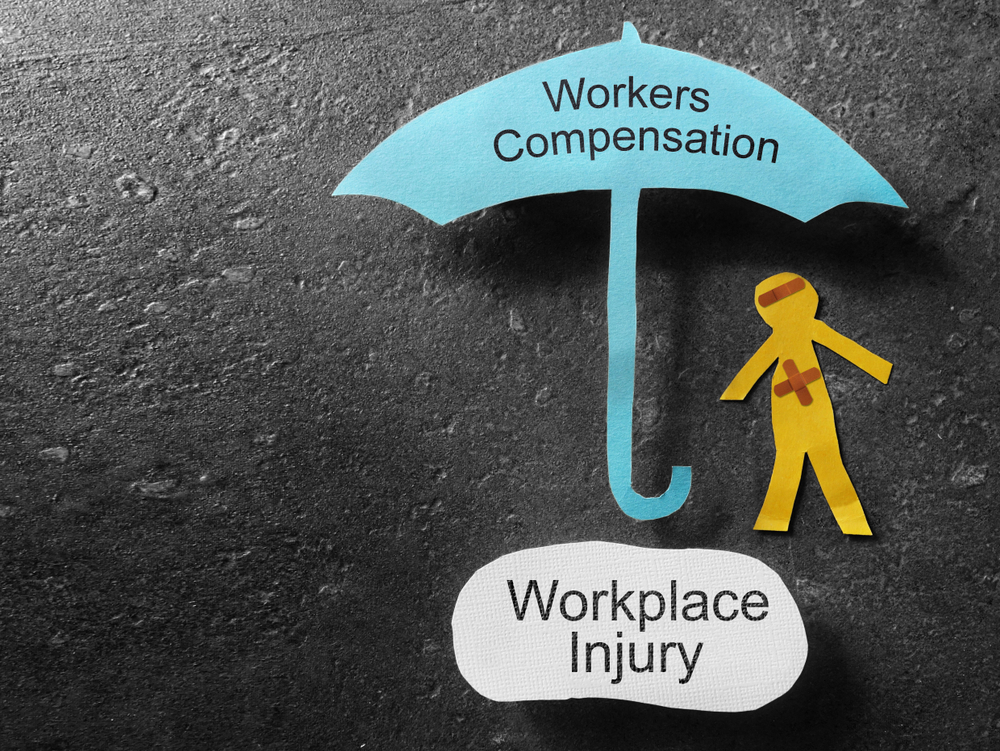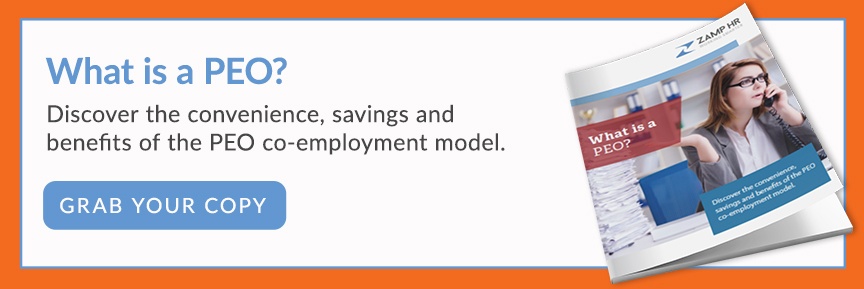Workers’ comp insurance is a cost of doing business. Almost all businesses have to provide it in all states. One way to get a better deal on workers’ comp insurance is to partner with a professional employer organization (PEO) and get your employees on a PEO workers comp plan.
PEOs have multiple ways to provide workers’ comp, depending on the state(s) where they (and you) operate and whether they are purchasing coverage in voluntary or residual markets.
The two main ways they can offer workers’ comp are either a Master Policy or a Multiple Coordinated Policy (MCP).
What is a Master Policy?
Under a master policy, a single policy is issued that covers all of a PEO’s clients (and also their own in-house employees). The policy is issued in the name of the PEO, with each client being an additional name.
This means that everything is brought together, and a single experience modifier is produced for the entire PEO and all clients. Some states require that each client have an experience rating, but they still only produce one modifier.
What is a Multiple Coordinated Policy?
Under the MCP model, each client (and the PEO) has its own policy. Each client thus has their own endorsements, experience ratings, and premiums. However, the policies are still kept under one umbrella, allowing the PEO to negotiate rates and centralize billing and renewals. The policies are linked together, with the same carrier.
Both of these methods give significant advantages over going it alone. They allow you to work with the PEO to optimize class codes, so you aren’t paying more than you need and skip hefty upfront deposits allowing you to pay for workers’ comp as you go. Your PEO can also help you develop safety training programs to help you keep claims, and thus premiums, down. A good PEO will help you do everything you can to keep premiums down.
What are the Advantages of a Master Policy?
A master policy has a number of advantages and can often, but not always, give you the best deal. These advantages include:
- You get the PEO’s experience modifier rate, which can lower premiums, especially for new companies. Any incident results in a lower premium hike because your risk is spread out across the PEO and all of its clients.
- You get the best economies of scale.
- The administrative costs are lower because everything is coordinated, and the PEO doesn’t have to worry about multiple policies. Insurance carriers also often prefer this model.
However, the master policy doesn’t work for all companies and situations. One downside is the very thing that’s the biggest advantage: Not having full control of your own EMR (or in some states knowing what it is).
What Are the Advantages of a MCP?
A MCP system also has a number of advantages, including:
- If you have a good experience modifier rate, you aren’t dragged down by other clients with less stellar safety records.
- It is often easier to track what you are doing and how it might affect your premiums.
- Your premiums won’t change because of clients coming and going. A large client leaving the PEO can send everyone’s premiums up, while many new companies joining can have the same effect.
- If you change PEOs or move to doing everything in house, you get to keep your experience modifier. With a master plan, you don’t have your own modifier calculated in many states. The states which require it do so to try and solve this problem, but it can still be an issue.
You may or may not have the choice. In some states, one is much easier to administer than the other, depending on the specific regulations in place. Many PEOs only offer one of the two models. A few states prohibit master policies altogether. In other cases, you might be offered the choice.
Which Workers’ Comp Policy is Right For You?
First, this is impacted by state law. For example, in Utah, you can have a Master Policy in both voluntary and residual markets. Meanwhile, in Arizona, a Master Policy is only available in voluntary markets. Residual markets are typically resorted to by high-risk companies who cannot get a policy on the open market.
So, what should you do if offered the choice? It’s ultimately simple: Ask the PEO what their experience modifier is. If they won’t tell you, you should go with a different PEO. They should be honest about this to help you make the right choice.
If their experience modifier rating is lower than yours, then pick the Master Plan. They should be willing to tell you what the EMR is on the Master Plan so you can make an informed choice.
If their experience modifier rating is higher than yours, then you want to go with the MCP so as to avoid taking on a worse EMR. You might also consider going with the MCP if you know that you will eventually want to have a larger team and do HR in-house, although this is seldom a good idea. Even larger companies benefit from a PEO.
In other words, which is better depends on the relative emergency modifier ratings. If you are a new company or a business with a history of claims, then a Master Plan is likely to be your best option.



